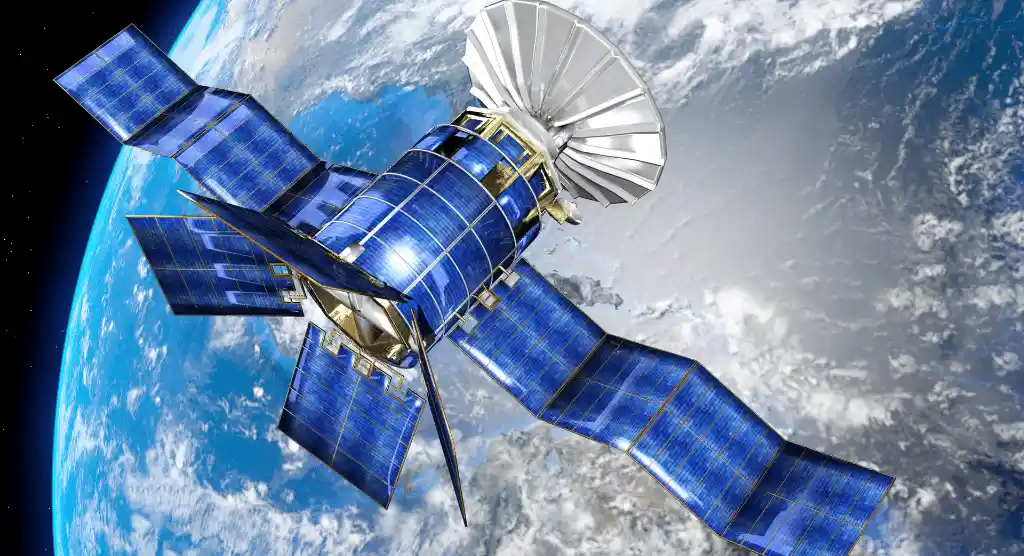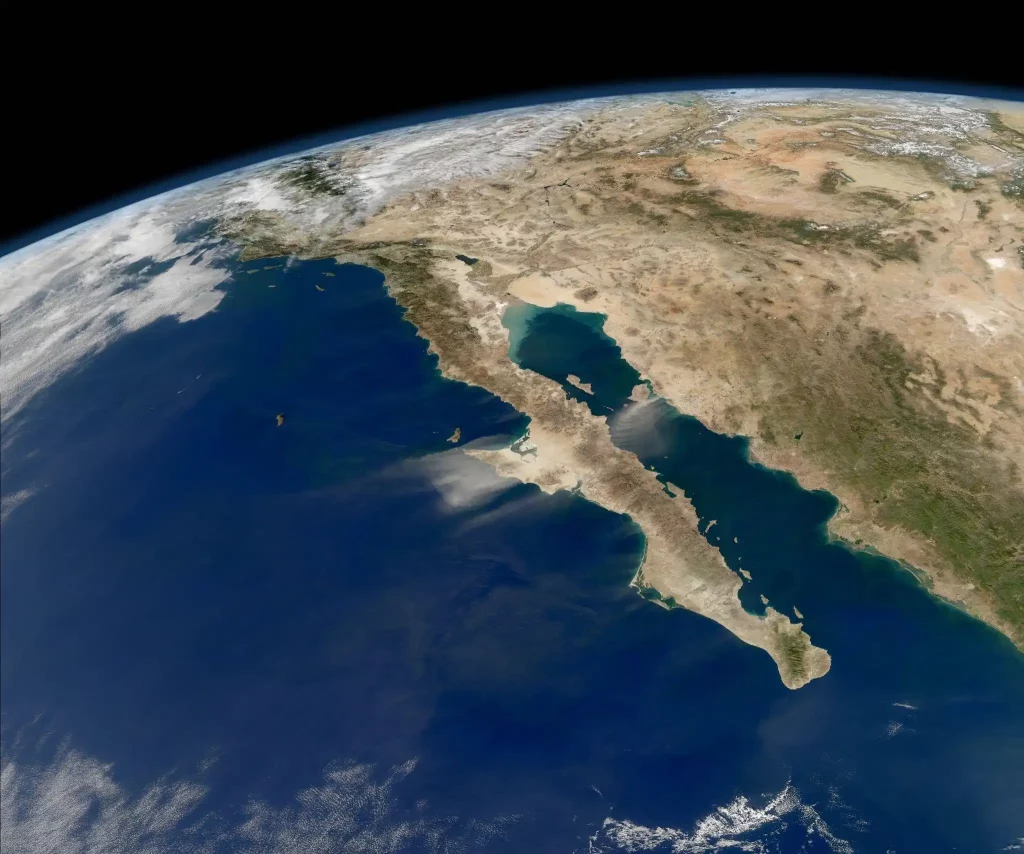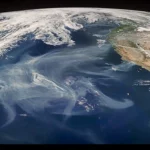Ocean Color through Satellite Camera: Present and Future
By TOI Staff
November 30, 2022
Update on : September 8, 2023

Satellite Camera for Monitoring Ocean Color: How It’s Used
Water-leaving radiances reflect themselves in ocean color, as the chlorophyll concentration is inferred. Studying the dynamics of phytoplankton with the help of a satellite camera takes place inter-annually and during seasons, so that marine biogeochemistry is understood during inter-annual scales and different seasons so that people understand phytoplankton’s role when it comes to marine biogeochemistry, global carbon cycle, and marine ecosystems’ response to any climate variability, feedback process, and climate change. Ocean color data obtained with high-quality satellite camera also helps to monitor the eutrophication of coasts, sediment plumes, and algal blooms.

Ocean-color time-series data requires merging individual camera sensors such as Aqua-MODIS, MERIS, VIIRS, OLCI, and SeaWiFs that differ in sensor characteristics and don’t introduce any artifacts. By 2029, satellite cameras should provide enough data to consider solutions against climate change.
What Does Ocean Color Data Say?
According to ocean color monitoring information obtained with satellite cameras, water has different colors, meaning that it is different on coasts and deep waters. A satellite image of the ocean tells a lot when it comes to characteristics that are uncertain and products floating in the waters. And then, ocean color remote sensing technologies identify what color is the ocean really. This is determined by both innovative and operational activities using space cameras.
Calibration and in situ validation are highlighted to ground segments processing the data that ocean color sensors are sending. The info is delivered from products that have been analyzed to end-users. Ocean-colour example applications are being presented. They indicate satellite camera data records for climate change, through operational applications such as assimilation and water quality, through numerical models. The capacity of current building applications and satellite camera technology describes the color of the ocean, summarizing the future perspectives.
Can Satellites See the Ocean Floor?

Ocean color NASA satellites can be classified as ocean satellites equipped with high-resolution cameras. When tides, waves, and winds are observed, satellite cameras show that the water surface is no longer uniformly flat. Water is dipping and swelling according to the seabed’s topography. Being gradual, the slope can’t be observed from ships, so altimeters need to be used. This type of equipment can’t gauge the distance to the ocean surface, though. It detects and measures variations through microwave radio and by timing intervals. A satellite camera must be used too.
Variation intervals transmit short pulses and receive the sea surface’s reflection back. There are laser radar stations on the ground too. These track satellites and give the precise altitude and location. Satellite oceanography is used for surface maps using cameras. It takes many years to build by using conventional bathymetry vessels that map the floor using not only satellite cameras but also echo-sounding technology.
Can Satellites Detect Ocean Colour?
Satellite cameras can also provide information regarding ocean color. This is helpful for researchers when it comes to determining how floods are impacting coastlines. It’s also helpful for detecting river plumes. Next, satellite cameras locate harmful algae blooms because these can contaminate marine mammals and kill fish. Check out some ocean monitoring satellites below if you want to learn more about how such cameras work:
- CZCS Spectral Bands – used for channeling
- MOS – a satellite launched in Japan back in 1987. MOS stands for Marine Observation Satellite (MOS-1)
- MOS Visible/Infrared Instruments for sensoring
- SeaWiFS Spectral Bands
- SeaWiFS
Why Does the Color of the Ocean Change?
Watercolor changes according to how the light interacts with materials present in water. As soon as the light is going into the water, it gets absorbed and turns the water into a darker color. When light is scattered and/or bounced, water becomes bright. If particles are suspended in water, the scattering of light increases.
So, water color changes because light either gets absorbed, scatters, or bounces. Ocean color NASA equipment can identify how light behaves in water. This equipment consists of satellites and cameras that take data from the ocean. This data is received after studying the behavior of the light in the water. But what is ocean color remote sensing, and how do satellite cameras help with that?
What Is Ocean Color Remote Sensing?
Ocean color remote sensing has the purpose of relating intensity with the spectral distribution of the visible light that has been reflected out of water. This is how satellite cameras are used to determine ocean color. Biogeochemical and biological processes are also employed today. These processes are classified as bio-optical because they identify the water column’s optical properties.
Identifying the ocean color through remote sensing is very important for performing environmental analyses. This is the primary purpose of using satellite cameras not only preventing floods and natural disasters but also to preserve the aquatic flora and fauna.
Read more: Ocean Color through Satellite Camera: Present and Future














